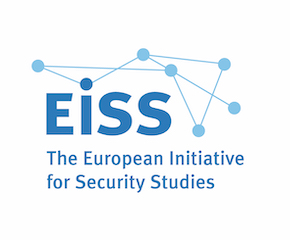Speakers
Description
High-resolution commercial satellite imagery has become increasingly available in recent years. This has enabled researchers to uncover headline-grabbing facts about states’ nuclear programs, those once reserved for the intelligence agencies of nation-states. Yet, scholars still lack a clear understanding of how open source satellite data may influence the dynamics of nuclear politics. We explore how the democratization of satellite outputs may reshape nuclear crisis management and verification of arms control, disarmament, and nonproliferation. Our paper identifies key gaps in the international relations literature and lays out five theoretical mechanisms underlying such developments. Overall, we find that commercial satellite data can both complement and supplement national technical means. Historical cases reveal that the comparatively less sensitive nature of open sources can position these data at the forefront of crisis bargaining and treaty compliance discussions. The net effect, however, need not promote nuclear cooperation. States must now grapple with the risks inherent in deepfake satellite imagery and the wider accessibility of military targeting information.
| What discipline or branch of humanities or social sciences do you identify yourself with? | International Relations/Security Studies/Political Science |
|---|---|
| Are you a PhD student or early-career researcher? | No |

